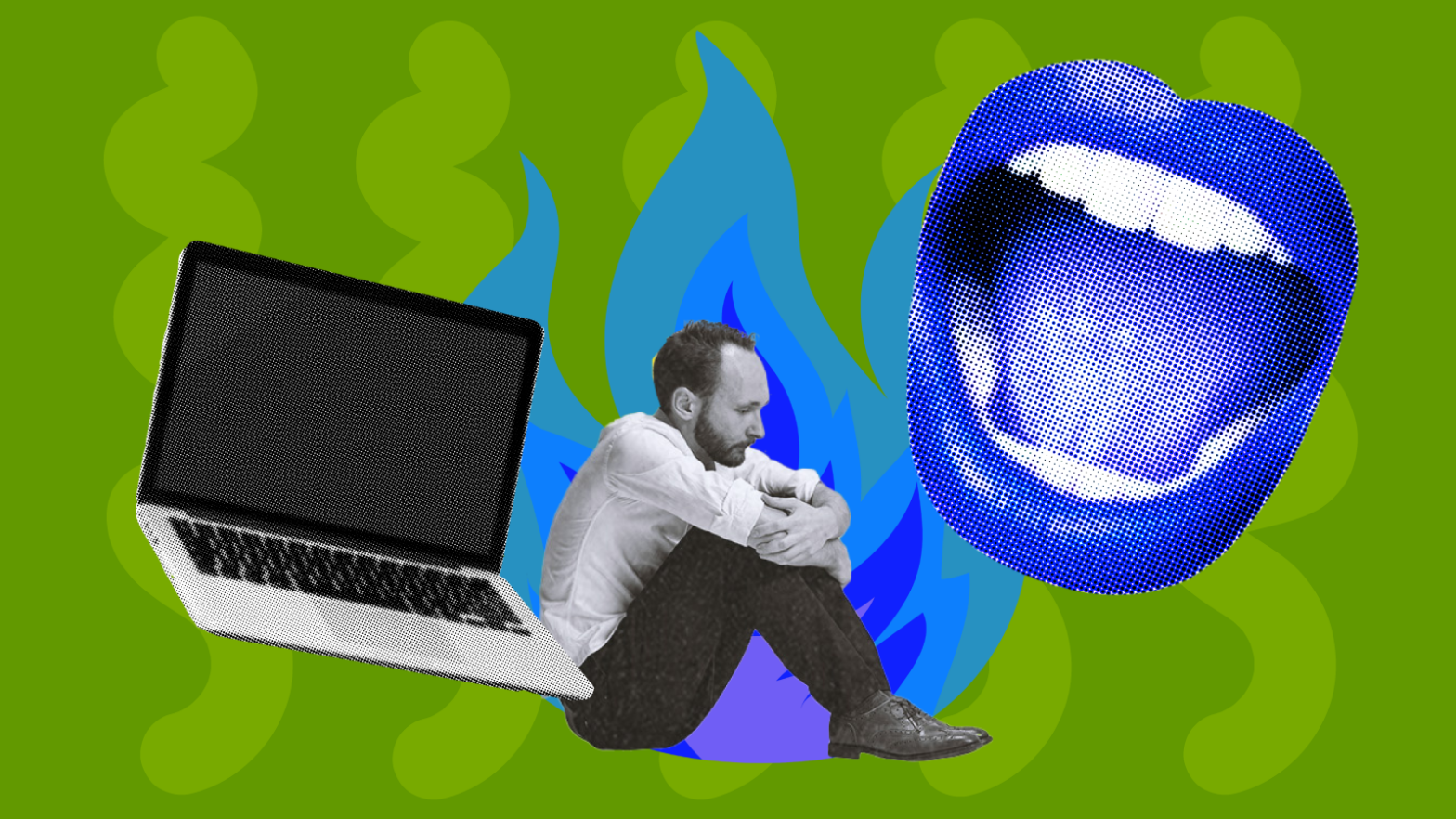
Understanding developer burnout

Developer burnout has become a pressing concern, affecting not only individual contributors but also the organization’s engineering teams they belong to.
This comprehensive exploration delves into the essence of developer burnout, illuminating its root causes, recognizable symptoms, and the significant impact it can wield on both personal and professional realms.
The genesis of developer burnout often lies in a combination of high expectations, perpetual deadlines, and the relentless pace of technological change, which can lead to overwhelming stress, diminished productivity, and a loss of passion for the work.
The signs of burnout include physical exhaustion, emotional fatigue, detachment, cynicism, and a sense of inefficacy.
The repercussions of ignoring these warning signs are profound. On a personal level, burnout can lead to serious health issues, strained relationships, and a pervasive sense of unhappiness.
Let’s take a closer look at it.
The reality of developer burnout
What is developer burnout?
Burnout among developers is a condition of physical, emotional, and mental exhaustion that stems from extended periods of stress or frustration.
It transcends mere tiredness, manifesting as a chronic state that significantly impairs an individual’s capacity to work efficiently and experience a sense of fulfillment from their accomplishments.
This condition can severely affect developers’ creativity, productivity, and overall job performance, leading to a disconnection from their work and a diminished sense of personal achievement.
The signs of burnout in developers
Emotional exhaustion
The signs of burnout in developers can be particularly nuanced, with emotional exhaustion standing out as a key indicator.
This manifests as feeling overwhelmingly drained, struggling to cope with day-to-day responsibilities, and constantly lacking energy.
Developers experiencing this may need help to muster the enthusiasm and motivation they once had for coding, leading to a significant drop in productivity and satisfaction with their work.
Decreased motivation
Losing interest in work, projects, or tasks that were once engaging is a significant sign of burnout among developers. This symptom indicates a disconnection from the aspects of their job that they previously found stimulating and rewarding.
It can lead to a lack of motivation, a drop in productivity, and a sense of detachment from the work environment, making even the most exciting projects feel mundane or burdensome.
Reduced productivity and quality of work
Making more errors and struggling to complete tasks efficiently are clear signs of burnout in developers.
This typically reflects diminished concentration, a lapse in problem-solving abilities, and a general decline in work performance.
The cognitive toll of burnout can lead to an increased likelihood of mistakes, challenges in troubleshooting, and a longer time frame to accomplish routine or previously manageable tasks, significantly impacting overall productivity and work quality.
Causes of developer burnout
Unrealistic deadlines and workload
Constant high-pressure situations without adequate time for rest or recovery can significantly contribute to burnout.
This relentless demand can overwhelm individuals, leaving them in a perpetual state of stress and exhaustion.
Without the opportunity to decompress and recharge, the continuous strain can impair cognitive functions, emotional resilience, and overall physical health, escalating the risk of long-term burnout.
Lack of support and isolation
Working in environments where support is minimal and social isolation is common can significantly contribute to burnout. Such conditions can lead to feelings of disconnection, undervalue, and a sense that one must navigate challenges alone.
The lack of a supportive network and limited interaction with peers can exacerbate stress, diminish morale, and increase the risk of burnout, highlighting the importance of a collaborative and supportive team member in workplace culture.
Inadequate work-life balance
Spending an excessive amount of time on work-related activities, to the detriment of personal life or relaxation, is a significant factor that can lead to burnout.
This imbalance often results in chronic stress, as the individual lacks sufficient time to unwind, pursue hobbies, spend time with loved ones, or engage in restorative activities.
The constant focus on work can erode personal well-being, diminish mental health, and lead to a sense of being overwhelmed, all of which are key indicators of burnout.
Constantly changing technologies
The constant requirement to learn and adapt in fast-paced environments, especially in fields like technology, can indeed be overwhelming.
This relentless pressure to stay current with new skills, technologies, and methodologies can contribute to stress and anxiety, heightening the risk of burnout.

The demand for continuous professional development, while beneficial for career growth, can become a source of significant strain if not balanced with adequate support and personal downtime.
Impact of burnout on developers
Personal health and wellbeing
Burnout can indeed lead to serious health issues, encompassing mental and physical health problems.
Additionally, chronic stress from burnout can manifest in various physical health problems, including cardiovascular issues, weakened immune response, increased risk of chronic diseases, and exacerbated existing health conditions.
The interplay between high stress, mental health, and physical well-being underscores the importance of addressing burnout proactively to prevent these severe health consequences.
Professional growth and opportunities
Burnout can indeed have detrimental effects on professional development, leading to missed opportunities and job dissatisfaction.
When individuals are burned out, their capacity to perform at their best is significantly compromised, which can result in stunted career growth, overlooked advancements, or the inability to fully engage with new opportunities.
The lack of enthusiasm decreased productivity, and potential disengagement from one’s work can further fuel feelings of dissatisfaction, making it challenging to find fulfillment and success in one’s career path.
Addressing and preventing developer burnout
Awareness indeed plays a crucial role as the first step in addressing burnout. Recognizing the early signs of burnout is essential for taking timely and effective measures to prevent the condition from escalating.
Early detection can lead to quicker intervention, helping individuals to implement strategies to reduce stress, rebalance their work-life equilibrium, and seek support if needed, thereby mitigating the adverse effects of burnout and promoting overall well-being and job satisfaction.
Strategies for individuals
Setting realistic goals
Understanding one’s limits and setting achievable goals are key strategies for reducing stress.
By recognizing and respecting personal boundaries, individuals can avoid overextending themselves, thereby preventing the onset of overwhelming stress.
Setting realistic, clear, and manageable goals helps maintain focus and motivation while reducing the pressure that comes with unrealistic expectations.
Developing a support network
Connecting with peers or mentors for support and guidance is a valuable strategy for managing stress and preventing burnout.
These connections can provide emotional support, practical advice, and different perspectives that can help navigate workplace challenges, enhance problem-solving skills, and foster personal and professional growth.
Such relationships create a sense of community and belonging, which is essential for mental well-being and resilience in the face of stress.
Embracing work-life balance
Prioritizing time off and engaging in non-work-related activities are crucial strategies for maintaining well-being and preventing burnout.
Taking regular breaks and dedicating time to hobbies, relaxation, or spending time with loved ones helps restore energy, reduce stress, and maintain a healthy work-life balance.

These activities provide mental respite from work-related pressures, fostering overall happiness and productivity.
Organizational strategies
Creating a supportive work environment
Promoting a culture of support and understanding within a workplace can significantly alleviate stress.
Such a culture encourages open communication, mutual respect, and empathy, creating an environment where employees feel valued and understood.
Encouraging time off
Implementing policies that encourage taking vacations and regular breaks can play a crucial role in promoting employees’ well-being and preventing burnout.
Such policies ensure that individuals have ample opportunity to rest, rejuvenate, and disconnect from work-related responsibilities, thereby reducing stress and enhancing overall productivity and job satisfaction.
Professional development and training
Offering opportunities for growth and learning is vital in keeping employees engaged and satisfied.
Providing avenues for professional development, skill enhancement, and career advancement can motivate employees, foster a sense of accomplishment, and prevent stagnation, contributing to job fulfillment and reducing the risk of burnout.
Conclusione
Developer burnout is indeed a multifaceted issue that demands both individual and organizational attention.
Understanding its root causes, being vigilant about the warning signs, and adopting effective prevention strategies are key steps in fostering a work environment that is both sustainable and fulfilling for developers.
It’s essential to acknowledge that prioritizing mental and physical health is not just a luxury but an absolute necessity in the demanding realm of technology.
By cultivating a supportive, balanced, and health-conscious work culture, we can safeguard the well-being of software engineers and developers, thereby enhancing their productivity, creativity, and overall job satisfaction.
Domande frequenti
What is developer burnout?
Developer burnout is a state of physical, emotional, and mental exhaustion caused by prolonged stress in the tech industry.
How can developers prevent burnout?
By setting realistic goals, developing a support team communication network, and embracing a work-life balance.
What role do organizations play in preventing developer burnout?
Organizations and companies can create supportive work environments, encourage time off, and offer professional development opportunities.
Are there specific strategies for managing workload to avoid burnout?
Yes, such as breaking tasks into smaller, manageable parts and prioritizing tasks effectively.
How does burnout affect a developer’s personal life?
It can lead to health issues, affect relationships, and decrease overall quality of life.




